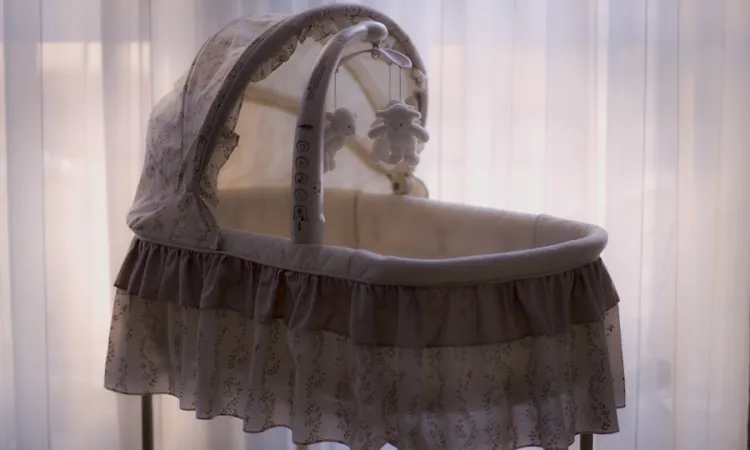Jul 8, 2016
In the dead of winter every year thousands of pro-lifers throng the streets of downtown Washington making a public statement on behalf of life. Converging on the Mall for speeches in the shadow of the Washington Monument and the White House, they march up one of the capital city's broad avenues to the marble palace that houses the Supreme Court.
It is not recorded that the justices take any notice of their pro-life visitors. None of them has ever stood on the steps and addressed the March for Life. On the evidence, the Supreme Court today remains the bastion of pro-abortion support that it's been since the day in January 1973 when it abruptly and with no visible precedent legalized permissive abortion throughout the United States.
If there was any doubt about where the court stands, it disappeared on June 27, last day of the court's recently concluded term. It voted 5-3 to overturn portions of a Texas law setting standards for abortion clinics, including physical conditions comparable to surgical centers and hospital admitting privileges for doctors who do abortions.
Justice Stephen Breyer, speaking for the majority, said the requirements "place a substantial obstacle in the path" of women seeking abortions. Similar provisions in other states also presumably fail to meet the Supreme Court's "substantial obstacle" test. Pro-life Americans might reasonably say the Supreme Court is a substantial obstacle to regulating the performance of abortion.


